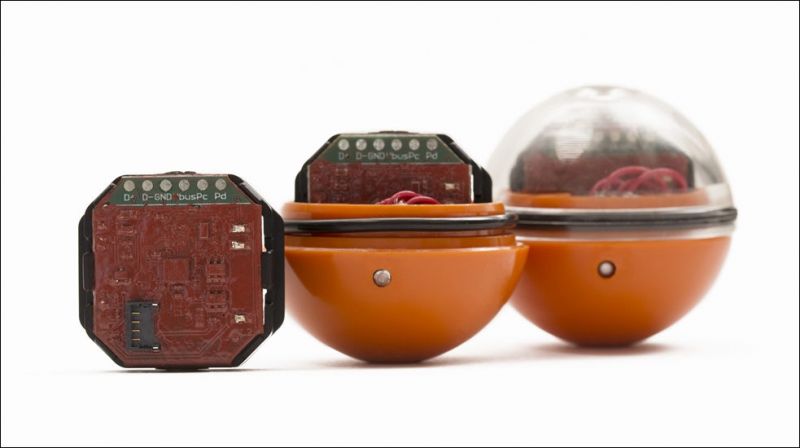New Chevron Venture Program Selects Pipeline Inspection Technologies
Published on by Water Network Research, Official research team of The Water Network in Technology
Chevron Technology Ventures (CTV) selected Ingu Solutions and Rheidiant as two of the first companies to receive funding under its recently announced Catalyst Program
This is an initiative to help early-stage companies promote technology to advance oil and gas applications on a global scale.
By Stephen Whitfield

Ingu’s Pipers sensor system was among the initial selections to receive funding under Chevron’s CTV Catalyst Program. Source: SPE
The Catalyst Program was developed to accelerate the maturation of early-stage companies working on technologies that can directly benefit the oil and gas industry. These include, among others, “smart” oilfield equipment, advanced materials, water technology, and information technology hardware and software.
Companies chosen for the program are expected to be beyond seed stage with plans to raise additional venture capital in the near future. Ingu and Rheidiant can receive funding through the program upon the completion of milestone achievements.
Chevron selected Ingu for its Pipers technology, which gives companies access to out-of-reach pipeline assets. The technology uses miniature inline sensors to detect leaks, geometric defects, and deposits that threaten pipeline performance and safety.
Ingu said in a press release that the technology eliminates the need for human intervention, reducing inspection costs, strengthening preventative maintenance, and lowering repair and replacement expenditures.
The sensor system is designed to perform measurements such as movement, temperature, and magnetic field within a liquid. It is approximately 1.5 in. in diameter (the size of a golf ball) and equipped with a triaxial accelerometer, gyroscope, and magnetometer to record and combine the sensor system’s acceleration, rotation, and gravitational forces.
The company said the sensor is suited to measure the actual flow behavior of liquids in pipelines and open water. Data captured by the sensor can help reveal information about the conditions to which resource material is exposed.
Read full article: Society of Petroleum Engineers
Media
Taxonomy
- Technology
- Utility Pipe Network
- Pipelines
- Monitoring Technology
- Pipes and Pipelines